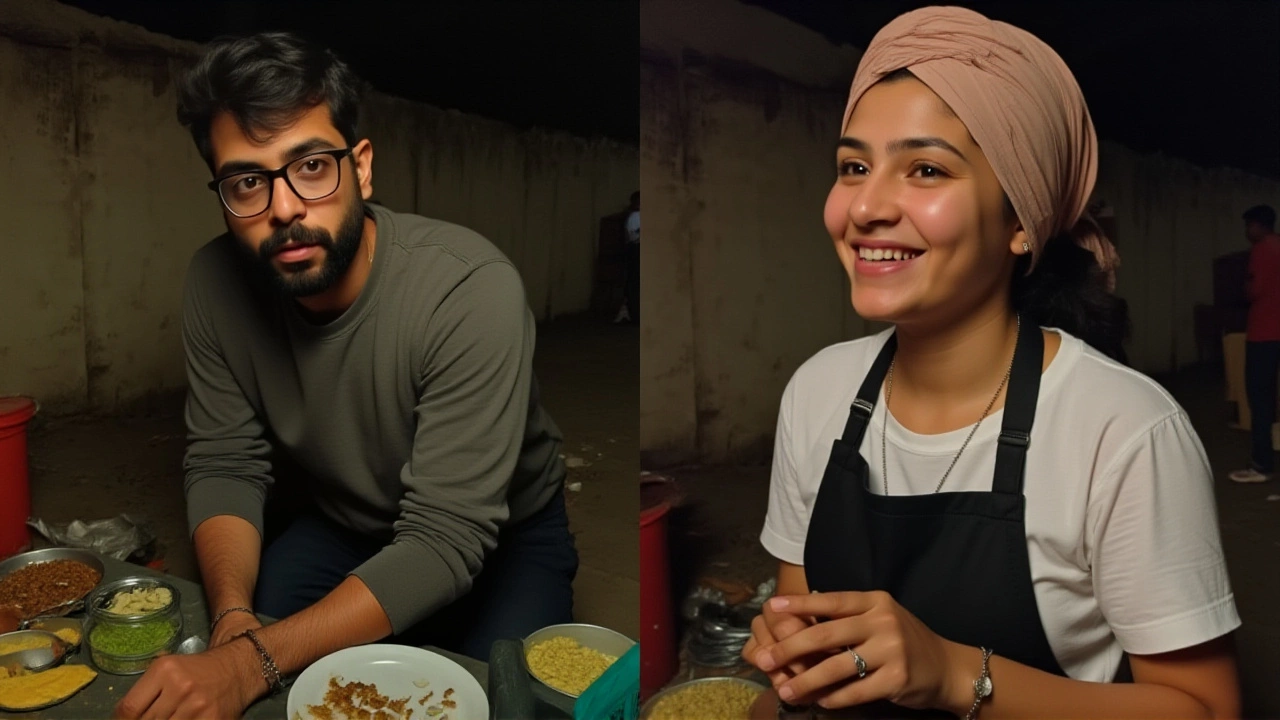Vada Pav Girl – The Street Food Star Who Took Mumbai by Storm
When talking about vada pav girl, the young woman who went viral after a video showed her handing out fresh vada pav on a bustling Mumbai street. Also known as the viral vada pav seller, she became a symbol of everyday hustle and culinary pride.
The phenomenon isn’t just about a snack; it’s a snapshot of street food, the affordable, on‑the‑go meals that fuel millions in Indian cities. Street food ties together flavor, affordability, and community. In Mumbai, a city that never sleeps, vada pav is practically a cultural shorthand for quick comfort. When a passerby captured the vada pav girl’s energy on a viral video, the clip raced through social media platforms like Instagram, YouTube and TikTok, turning a local moment into a nationwide conversation.
How Social Media, Local Pride and Pop Culture Collide
Social media acts as a catalyst, demanding fresh, relatable content. The vada pav girl’s authentic smile and effortless service met that demand, so the algorithm amplified her story. This vada pav girl moment shows how a simple act can spark millions of views, comments, and shares. The rapid spread illustrates a semantic triple: "Vada pav girl requires social media exposure" – without the platforms, the story would stay on a single lane of the city. At the same time, the triple "Vada pav girl encompasses street food culture" highlights her role as a living example of Mumbai’s culinary identity.
Bollywood and Indian pop culture quickly lapped onto the wave. Celebrities referenced the vada pav girl in interviews, and TV shows recreated her iconic pose. This created another triple: "Mumbai influences vada pav girl fame" – the city’s reputation as a media hub gave the story the stage it needed. The ripple effect reached brands, who launched limited‑edition vada pav packs and placed the girl’s likeness on merchandise, proving that a grassroots story can drive commercial interest.
From a practical viewpoint, the vada pav girl story offers lessons for anyone looking to harness digital momentum. First, authenticity beats polish – the raw, unfiltered clip resonated because it felt genuine. Second, timing matters – posting during peak traffic hours on social platforms maximizes reach. Finally, linking a local narrative to larger cultural symbols, like the city’s love for street food, creates a hook that people across the country can latch onto.
For readers who enjoy digging into how internet fame works, the collection below showcases related angles: the rise of street‑food influencers, the economics of viral content, and how regional dishes become national symbols. You’ll find articles that break down the timeline of the vada pav girl’s fame, explore the legal side of using someone’s image online, and even suggest ways small vendors can use similar tactics to grow their own audiences.
So whether you’re curious about the person behind the nickname, want to understand the mechanics of a viral video, or simply love a good snack story, the posts ahead give you a full‑circle view. Dive in and see how one girl with a plate of vada pav turned a daily routine into a cultural milestone.
